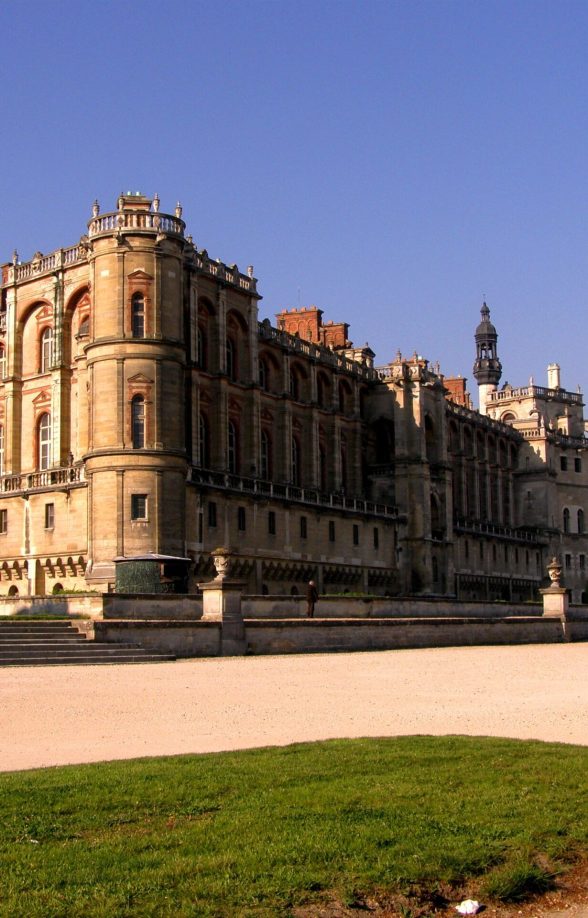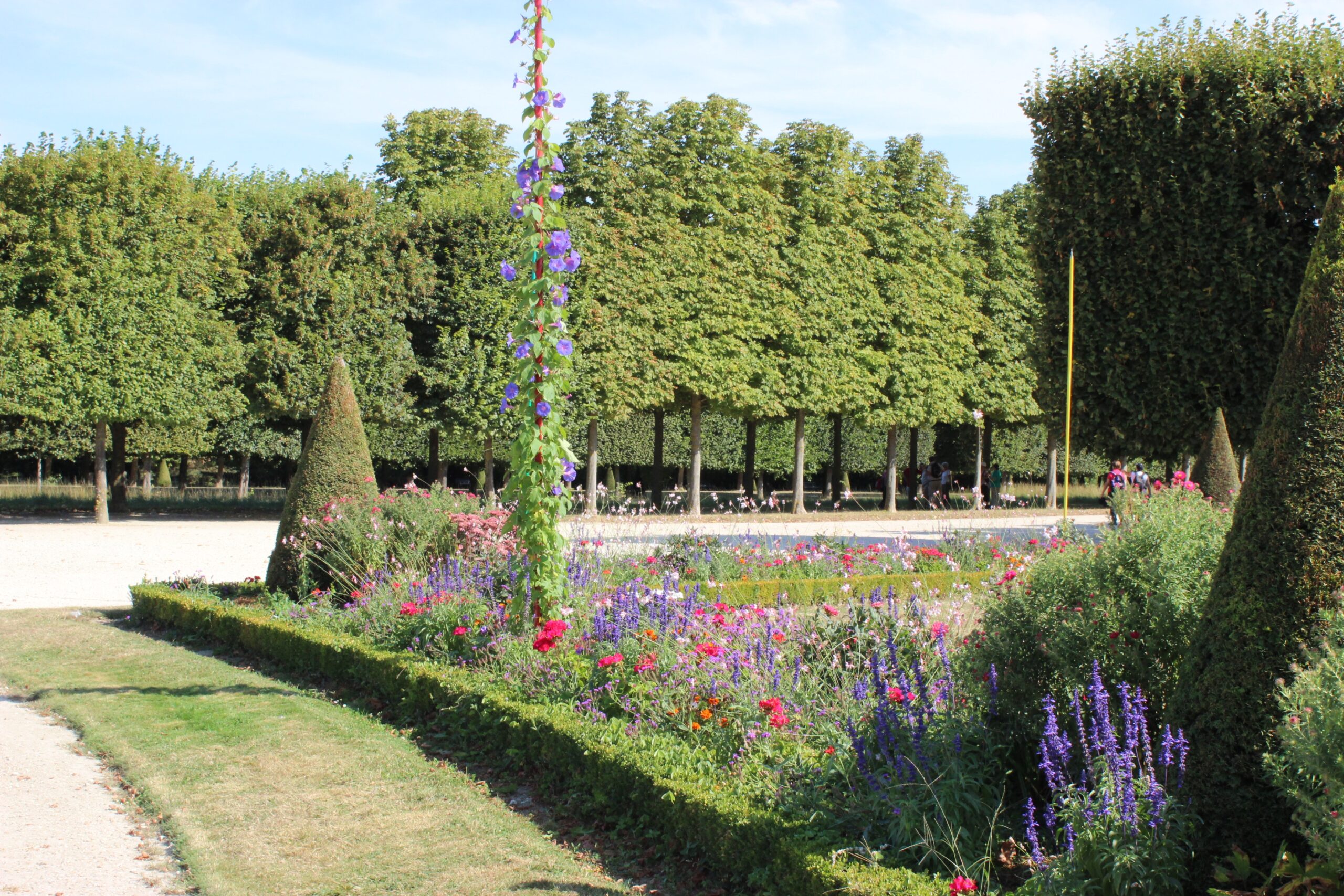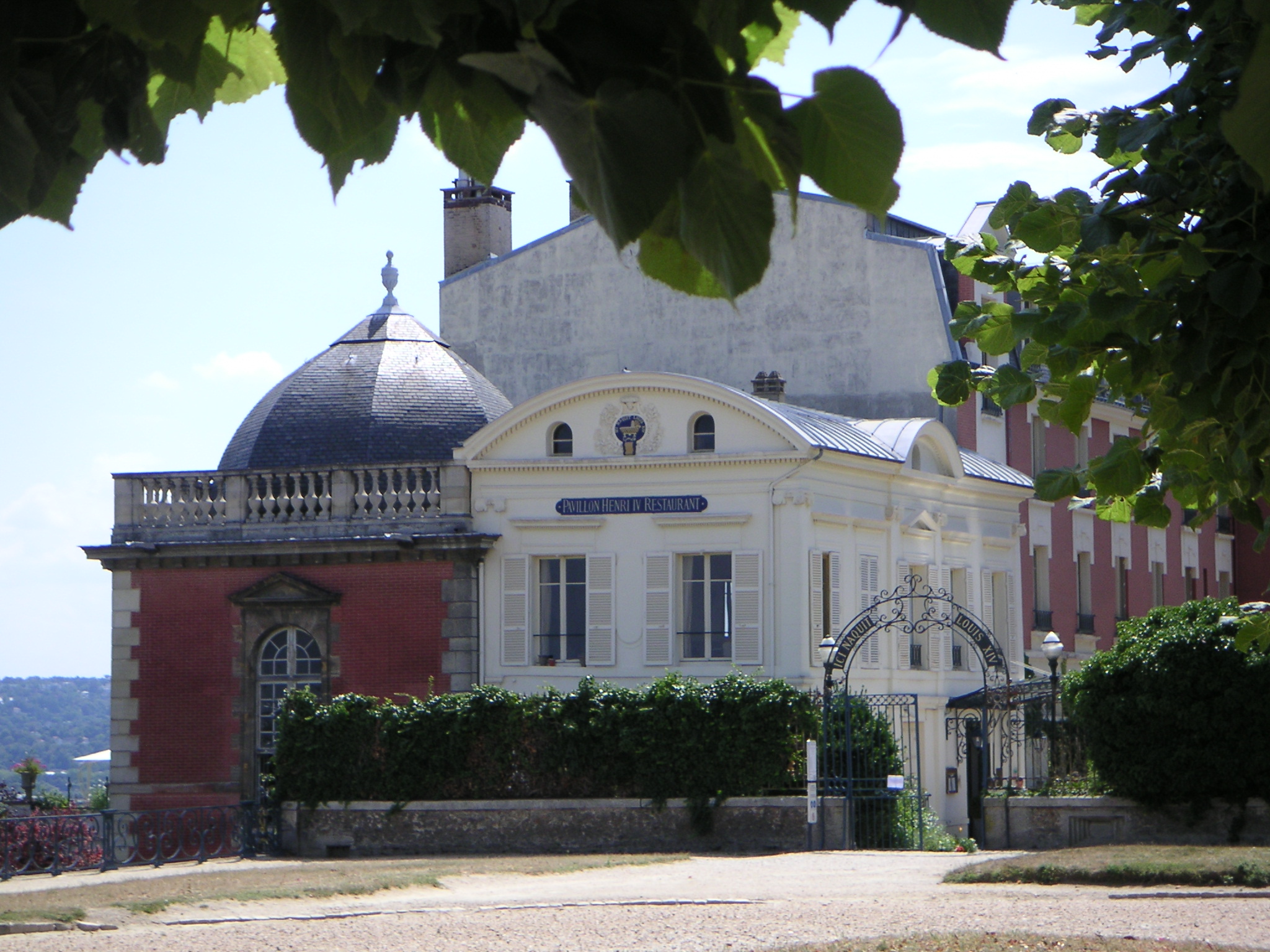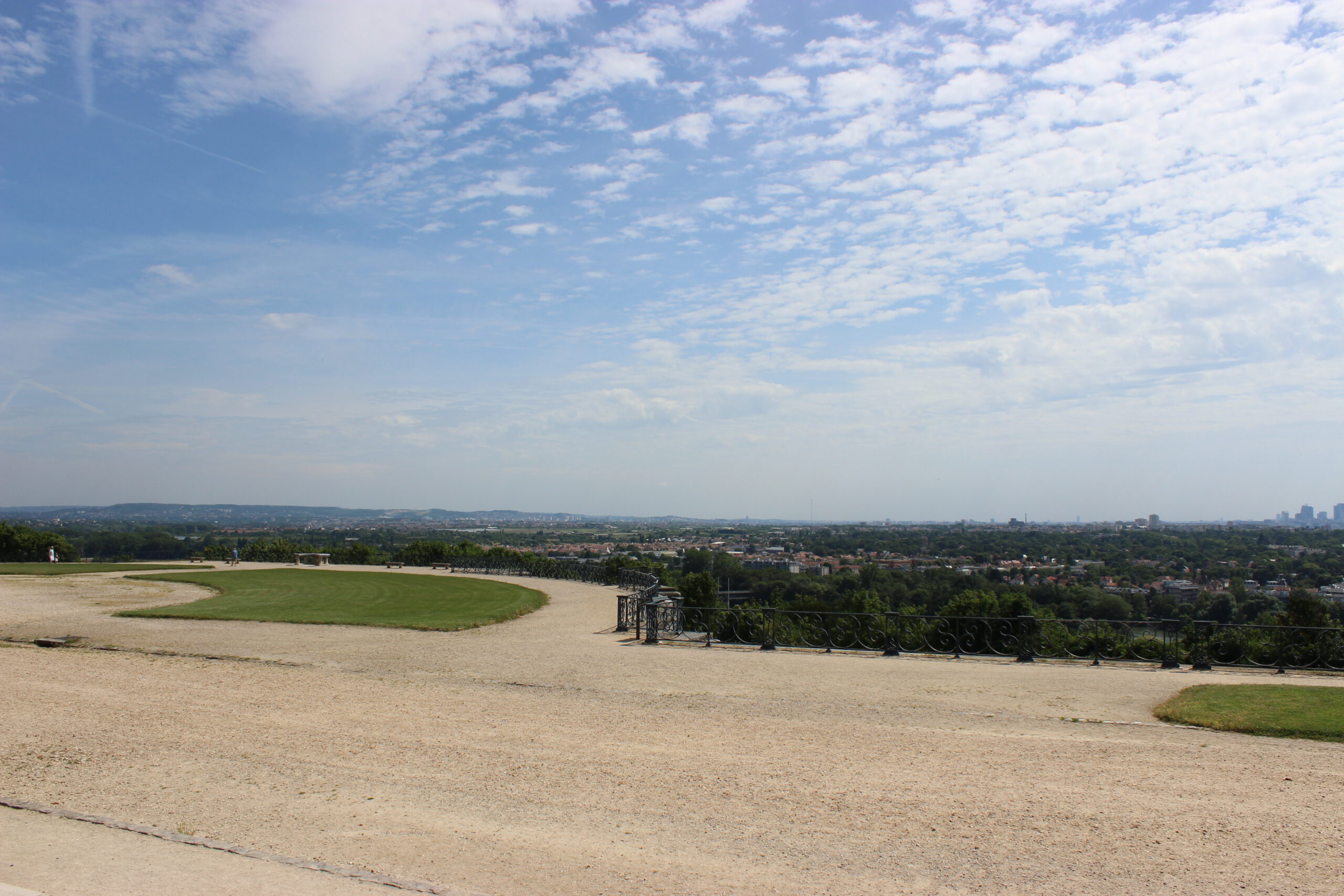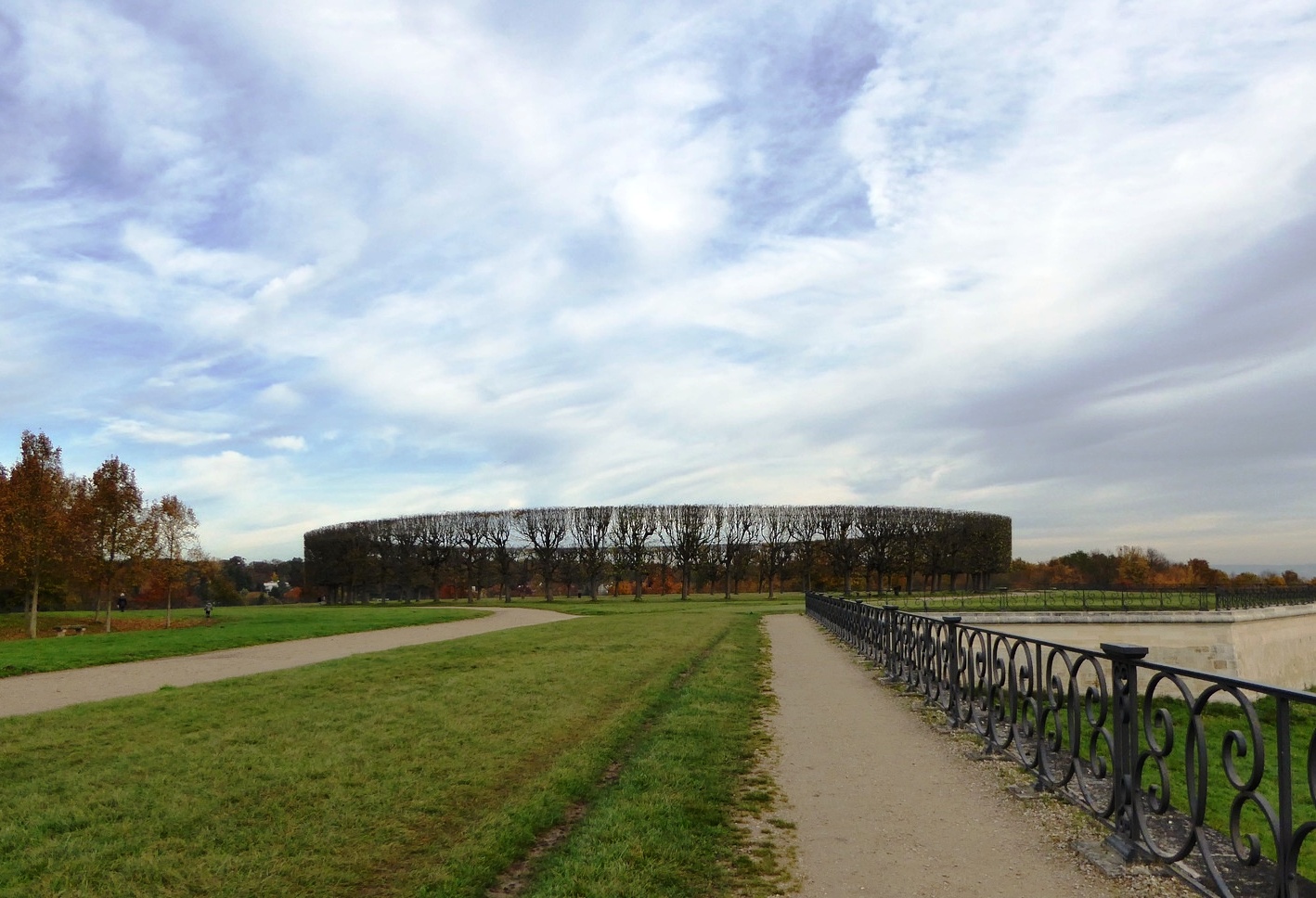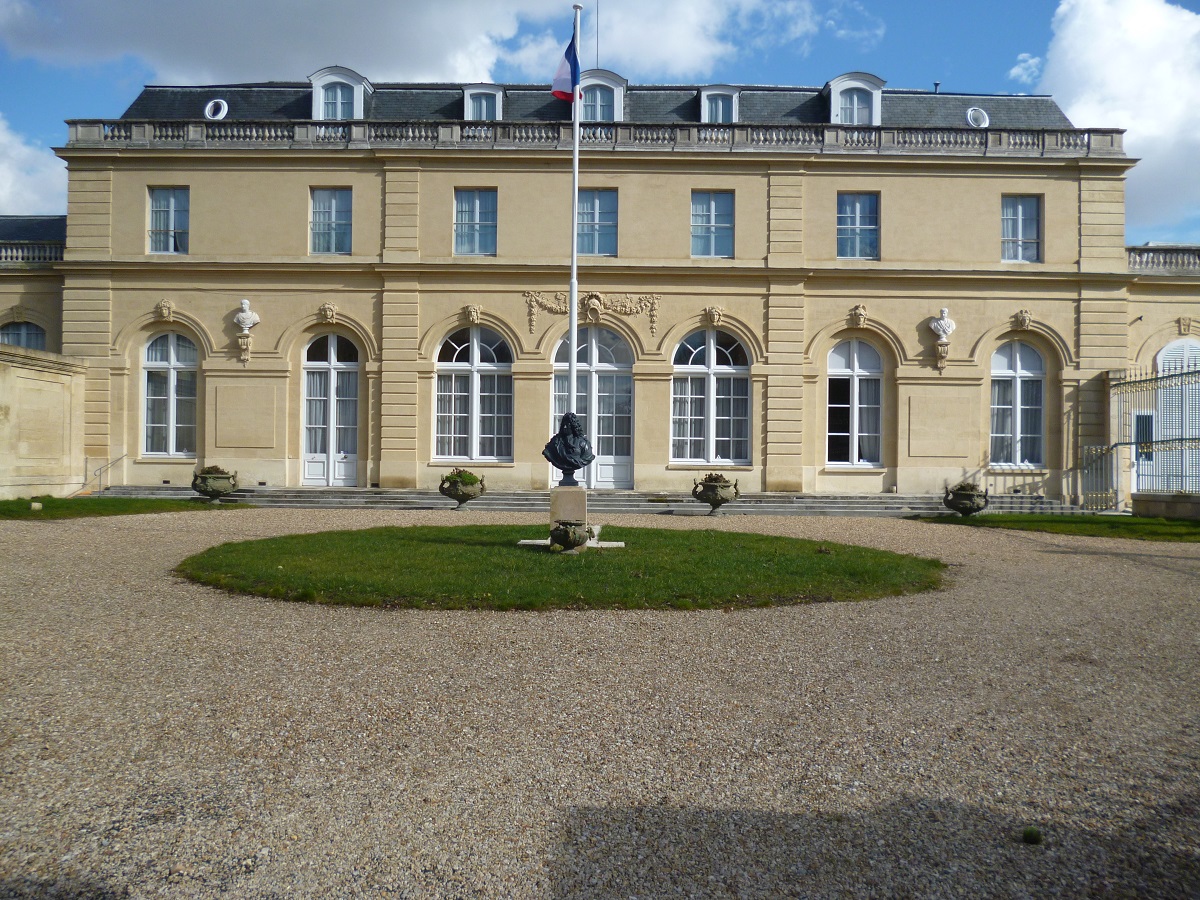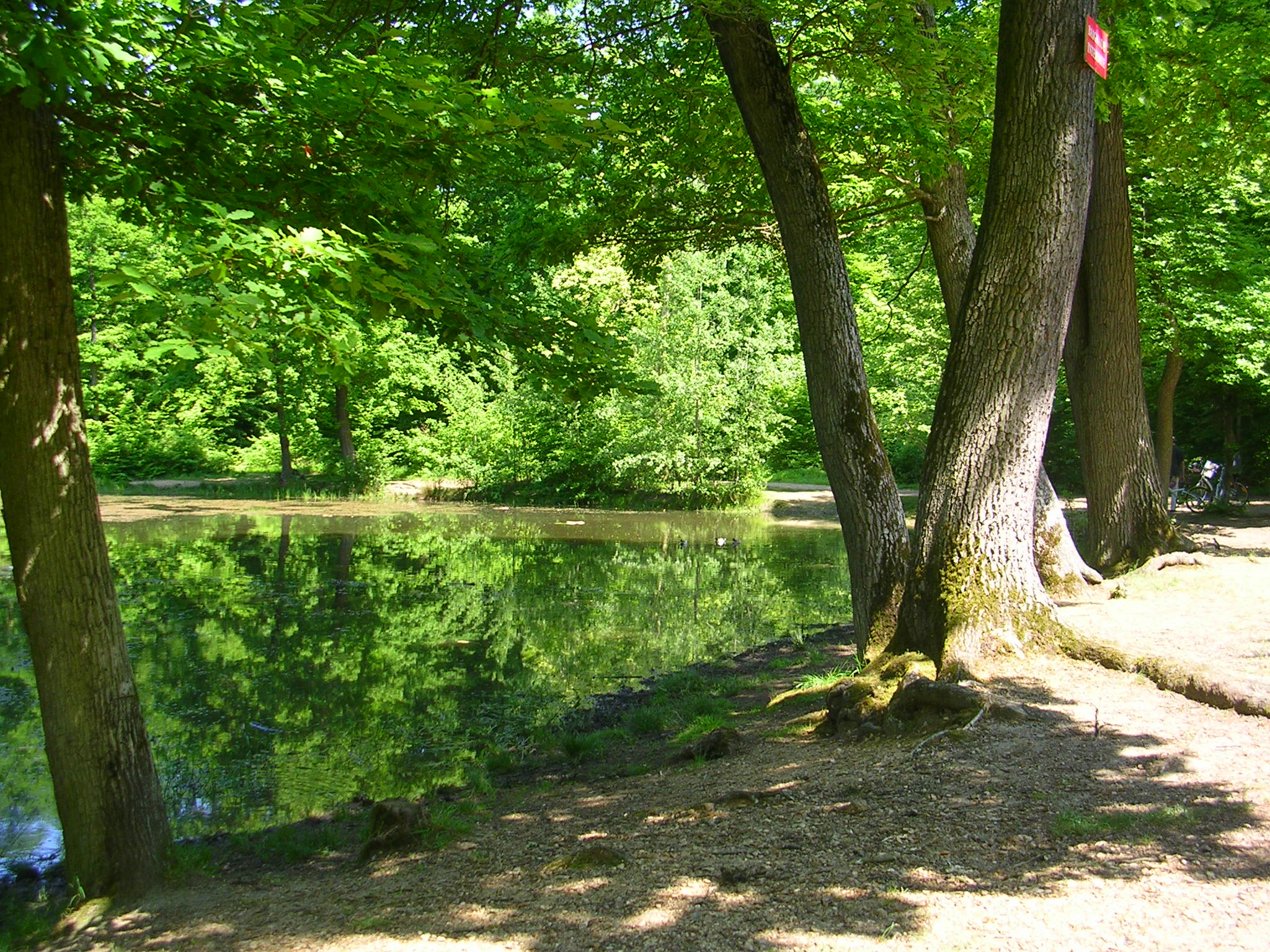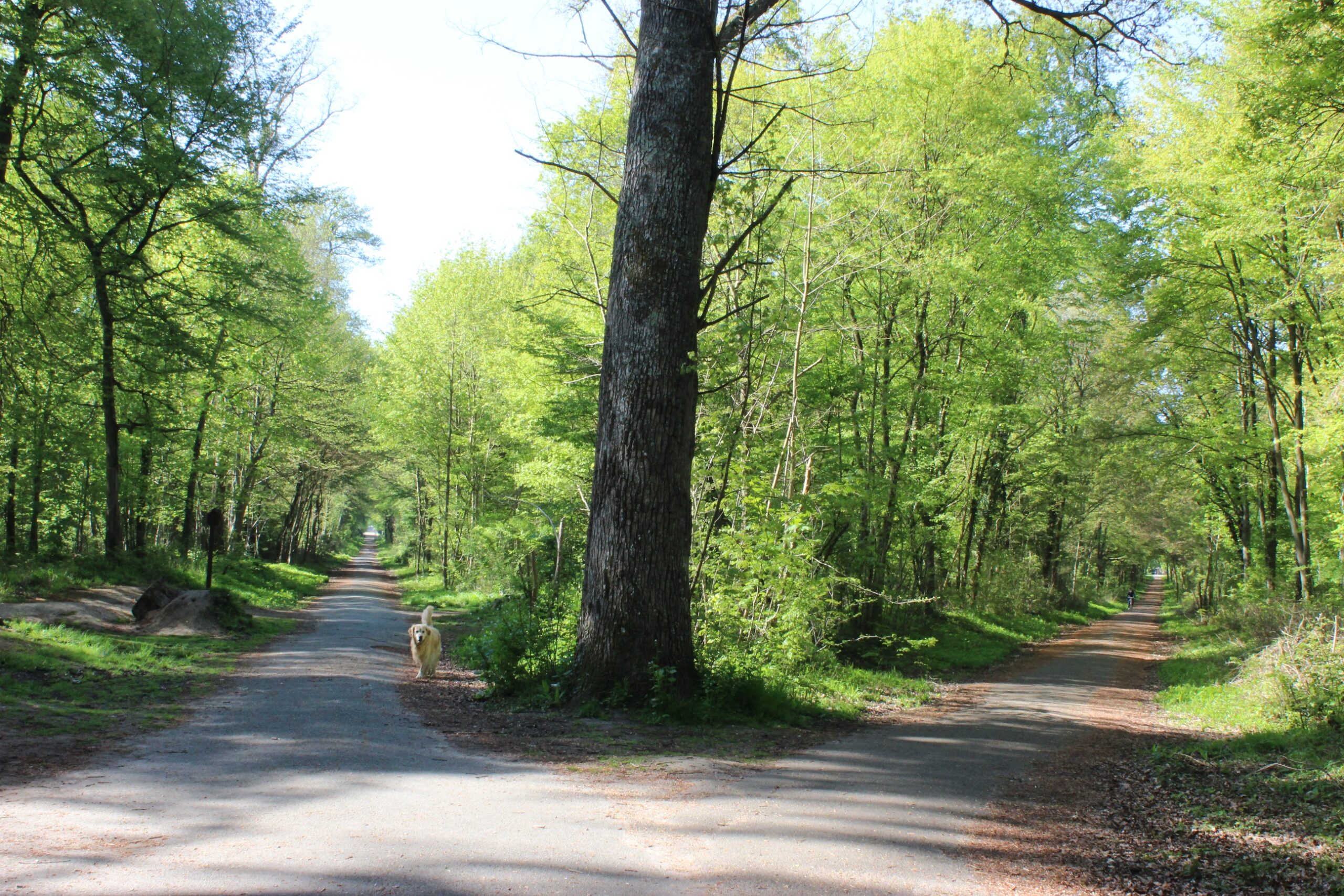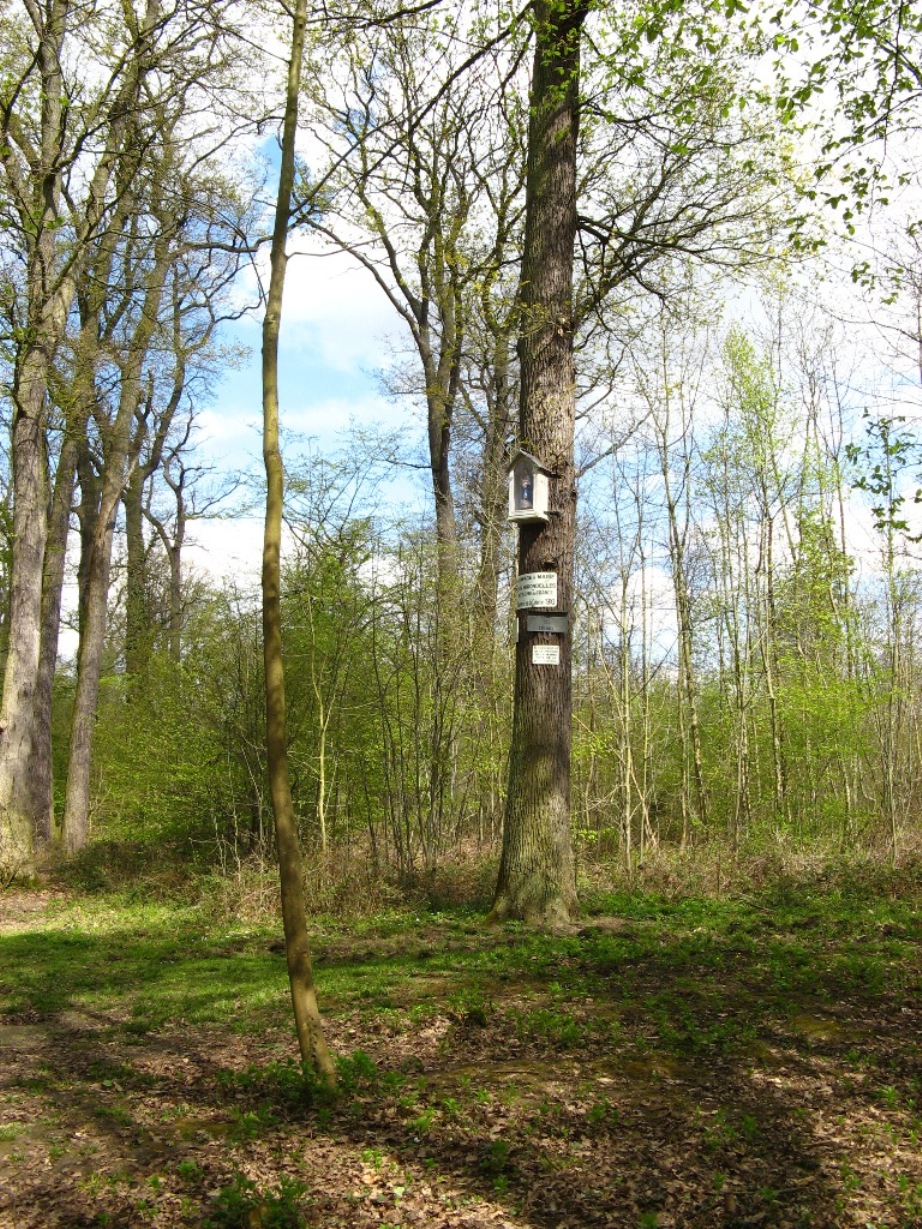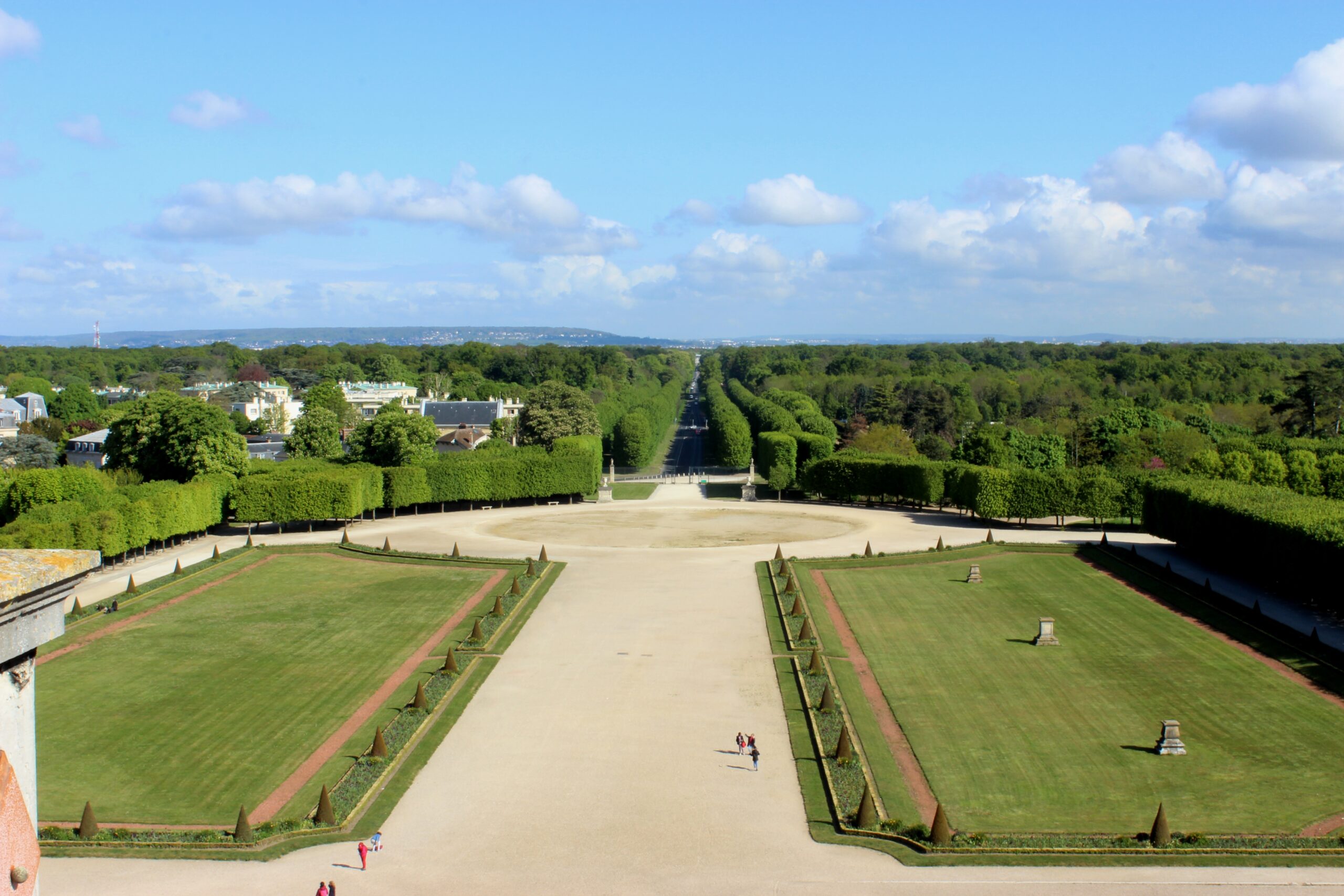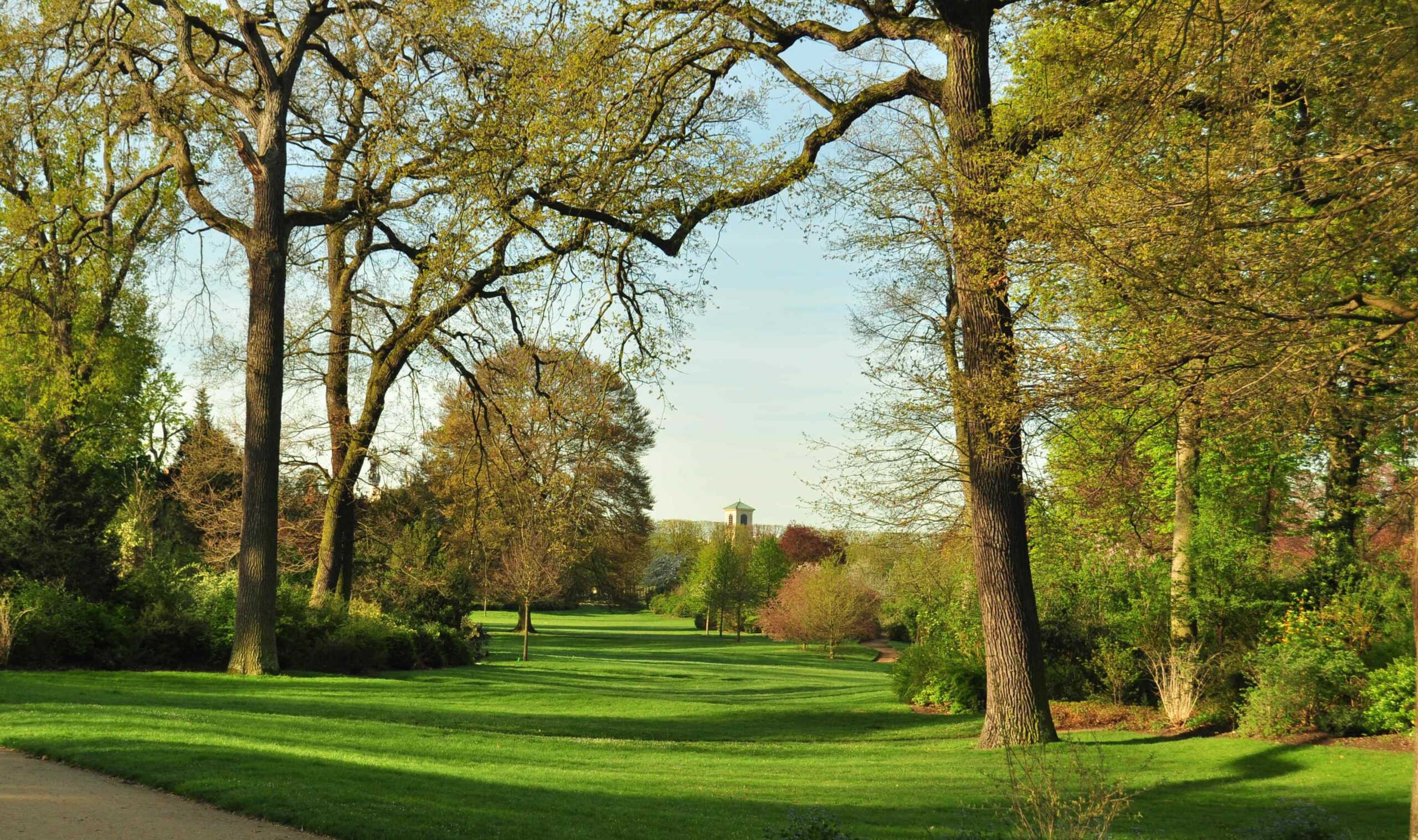Visit and explore on foot the “green lung” of our region. The 3,553 hectares of forest of Saint-Germain-en-Laye are within easy reach of the town centre and just waiting to be explored.
Starting point - National Domain gates
(RER train station - Line A - Exit in front of the château)
Go through the park gates and walk the length of the château which is on your right.
Stage 1 - French-style gardens
They were created between François Premier’s Château-Vieux and the Château-Neuf of Henri IV, which was demolished at the end of the 18th century.
Stage 2 - Le Pavillon Henri IV
Departing from the Petite Terrace, you can admire the hotel and restaurant, Pavillon Henri IV on your right. It stands on the site of the Château-Neuf, which was demolished during the French Revolution. Only the Oratory where King Louis XIV was baptised still remains. The vineyard below the Petite Terrasse, tended by the municipal councils of Saint-Germain-en-Laye and the Le Pecq, produce the “vin de grottes” (cave wine).
Stage 3 - The toposcope
Follow the Petite Terrasse to the toposcope, then the Grande Terrasse designed by André le Nôtre, who was architect to King Louis XIV between 1668 and 1675. Le Nôtre wanted it to seem endless, and it stretches for 2.4 km. The toposcope provides information on the views over the Seine valley and Paris.
Stage 4 - The royal gate
Leave the terrace via the royal gate, continue straight on and cross the D157 road.
Stage 5 - Château du Val
In the clearing, behind you stands the Château du Val, the former hunting pavilion designed by 18th-century architect Jules Hardouin Mansart. Next, continue straight on before turning right onto Route du Houx, or taking the Sentier de la Salamandre (valley discovery trail), the path with salamander ground markers.
Etape 6 - La Mare aux Canes
You then arrive at the Mare aux Canes, a pond by which to relax.
Go round the pond and continuer on the trail to the Actéon intersection.
Stage 7 - Etoile d'Actéon
This major intersection conjures images of great royal hunts. Turn right (with the lake behind you) onto Route Notre Dame de Bon Secours and follow the end section of the Sentier des Oratoires, which is marked by blue crosses.
Stage 8 - Notre Dame des Anglais
You’ll see the chêne des Anglais (oak of the English), under which James II Stuart, cousin of Louis XIV, came to pray when in exile at Saint-Germain-en-Laye.
Stage 9 - National Domain
Enter the National Domain via the Dauphine gate.
Stage 10 - The English garden
The English garden was created by order of Louis Philippe after the station was built on the site of one of the ponds created by Le Nôtre.
(RER train station - Line A - Exit in front of the château)
Go through the park gates and walk the length of the château which is on your right.
Stage 1 - French-style gardens
They were created between François Premier’s Château-Vieux and the Château-Neuf of Henri IV, which was demolished at the end of the 18th century.
Stage 2 - Le Pavillon Henri IV
Departing from the Petite Terrace, you can admire the hotel and restaurant, Pavillon Henri IV on your right. It stands on the site of the Château-Neuf, which was demolished during the French Revolution. Only the Oratory where King Louis XIV was baptised still remains. The vineyard below the Petite Terrasse, tended by the municipal councils of Saint-Germain-en-Laye and the Le Pecq, produce the “vin de grottes” (cave wine).
Stage 3 - The toposcope
Follow the Petite Terrasse to the toposcope, then the Grande Terrasse designed by André le Nôtre, who was architect to King Louis XIV between 1668 and 1675. Le Nôtre wanted it to seem endless, and it stretches for 2.4 km. The toposcope provides information on the views over the Seine valley and Paris.
Stage 4 - The royal gate
Leave the terrace via the royal gate, continue straight on and cross the D157 road.
Stage 5 - Château du Val
In the clearing, behind you stands the Château du Val, the former hunting pavilion designed by 18th-century architect Jules Hardouin Mansart. Next, continue straight on before turning right onto Route du Houx, or taking the Sentier de la Salamandre (valley discovery trail), the path with salamander ground markers.
Etape 6 - La Mare aux Canes
You then arrive at the Mare aux Canes, a pond by which to relax.
Go round the pond and continuer on the trail to the Actéon intersection.
Stage 7 - Etoile d'Actéon
This major intersection conjures images of great royal hunts. Turn right (with the lake behind you) onto Route Notre Dame de Bon Secours and follow the end section of the Sentier des Oratoires, which is marked by blue crosses.
Stage 8 - Notre Dame des Anglais
You’ll see the chêne des Anglais (oak of the English), under which James II Stuart, cousin of Louis XIV, came to pray when in exile at Saint-Germain-en-Laye.
Stage 9 - National Domain
Enter the National Domain via the Dauphine gate.
Stage 10 - The English garden
The English garden was created by order of Louis Philippe after the station was built on the site of one of the ponds created by Le Nôtre.
